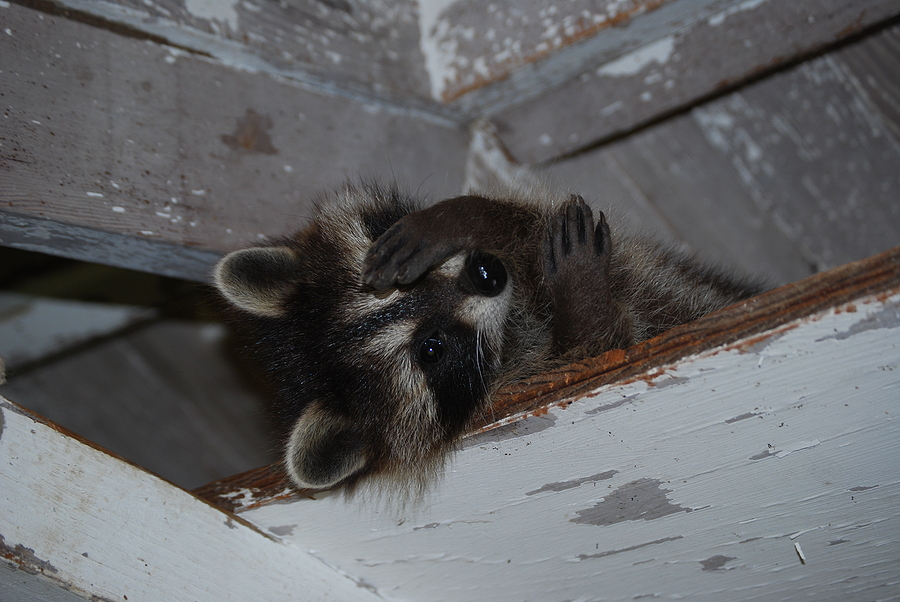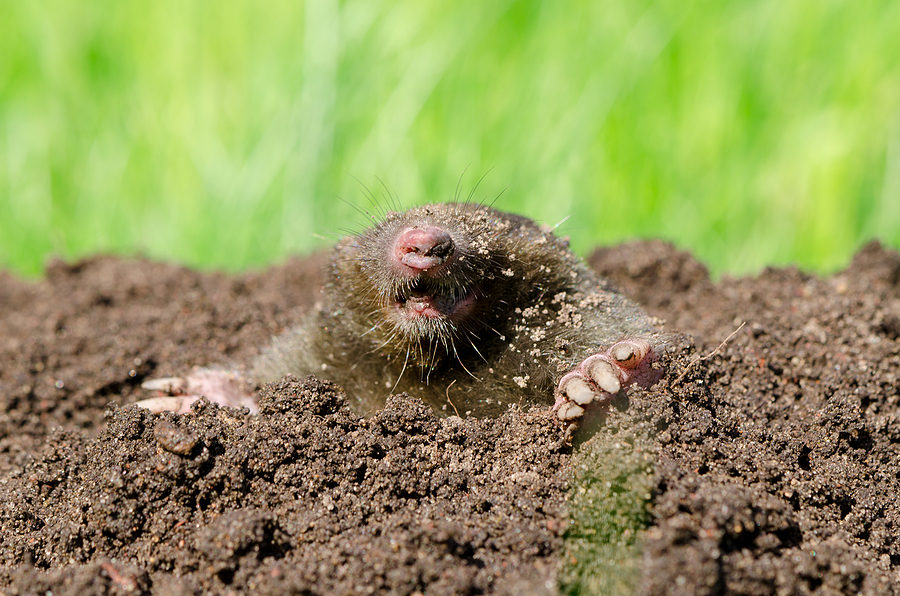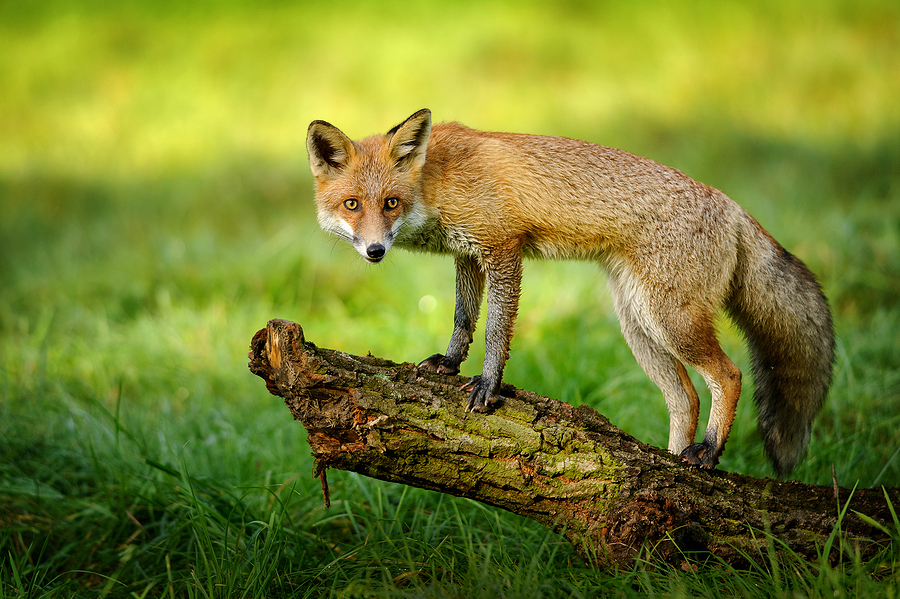Strange scratching noises coming from your attic at 3 AM can be more than just unsettling—they’re often the first sign of unwanted wildlife making themselves at home in your house. Indiana’s diverse ecosystem, from dense forests to suburban neighborhoods, creates the perfect environment for wildlife to thrive, but when animals cross the threshold into your living space, they can cause significant property damage, health risks, and safety concerns.
Wildlife intrusion isn’t just a nuisance; it’s a serious home maintenance issue that requires immediate attention. Animals like raccoons, squirrels, and bats don’t simply visit—they establish territories, build nests, and can cause thousands of dollars in structural damage. Understanding how to conduct a thorough wildlife control inspection can mean the difference between catching a small problem early and dealing with a full-scale infestation.
Regular home inspections focused on wildlife control serve as your first line of defense against these unwanted guests. By systematically examining both the exterior and interior of your property, you can identify potential entry points, signs of current activity, and conditions that might attract animals to your home. This proactive approach not only protects your property but also ensures the safety and health of your family.

Common Wildlife in Indiana Homes
Indiana’s temperate climate and varied landscapes support numerous wildlife species that frequently conflict with homeowners. Understanding these animals’ behaviors and preferences helps you target your inspection efforts more effectively.
Raccoons are perhaps the most problematic wildlife species for Indiana homeowners. These intelligent, dexterous animals can open containers, tear through roofing materials, and create extensive damage while establishing dens in attics or chimneys. Raccoons are particularly active during spring when mothers seek safe nesting sites for their young.
Squirrels commonly enter homes through small openings in rooflines, vents, or damaged soffits. Eastern gray squirrels and fox squirrels are both prevalent in Indiana, and their constant gnawing can damage electrical wiring, insulation, and wooden structures. Their acrobatic abilities make almost any elevated entry point accessible.
Bats frequently roost in attics, wall cavities, and barn structures throughout Indiana. While beneficial for insect control, bats in living spaces pose health risks due to potential disease transmission and create sanitation issues with their droppings.
Opossums often seek shelter under decks, in crawl spaces, or within outbuildings. Though generally harmless, they can carry parasites and create unpleasant odors when they establish dens near human living areas.
Skunks typically burrow under porches, sheds, or foundations, creating structural concerns while posing obvious challenges for removal due to their defensive mechanisms.
Comprehensive Home Inspection Checklist
☑ Exterior Inspection Points
Your exterior inspection should begin with a systematic walk around your property, examining your home from ground level to roofline.
Roofing and Upper Structure: Examine your roof for missing or damaged shingles, gaps along the roofline, and openings where different materials meet. Pay special attention to areas around chimneys, vents, and satellite dish installations. Raccoons can tear through deteriorating roofing materials, while squirrels often exploit small gaps that expand over time.
Foundation and Lower Structure: Inspect the foundation for cracks, gaps, or areas where animals might dig underneath. Check crawl space vents for damage and ensure screens are intact and properly secured. Skunks and opossums commonly exploit foundation vulnerabilities to access the space beneath homes.
Siding and Exterior Walls: Look for holes, gaps, or damaged areas in siding, particularly around utility penetrations, outdoor faucets, and where different building materials connect. Animals often enlarge small openings created by normal building settlement or weather damage.
Windows and Doors: Examine all exterior openings for gaps in weather stripping, damaged screens, or areas where frames have shifted. Even small openings can provide access for bats or allow larger animals to detect interior odors that attract them.
Gutters and Drainage: Clean, well-maintained gutters prevent water damage that can create entry points. Clogged gutters also provide water sources that attract wildlife to your property.
Yard and Landscape Features: Remove potential attractants such as fallen fruit, accessible garbage containers, pet food, and water sources. Trim tree branches that provide highway access to your roof, and eliminate brush piles or debris that might shelter animals.
☑ Interior Inspection Areas
Interior inspections focus on areas where animals typically enter, nest, or cause damage within your home.
Attic Spaces: Examine insulation for signs of nesting, trails, or displacement. Look for droppings, urine stains, or chewed materials. Check for damaged ductwork, electrical wiring, or structural elements. Pay attention to areas near exterior entry points, as animals often establish territories close to their access routes.
Basement and Crawl Spaces: Inspect these areas for droppings, nesting materials, or damage to insulation and stored items. Check around utility penetrations and areas where pipes or wiring enter the house. These spaces often provide the first indication of ground-dwelling wildlife intrusion.
Wall Cavities and Interior Damage: Listen for scratching, scurrying, or vocal sounds within walls, particularly during dawn and dusk when many wildlife species are most active. Look for grease marks, gnaw marks, or small holes that might indicate animal activity within wall spaces.
HVAC Systems: Inspect ductwork for damage, unusual odors, or signs that animals may have accessed the system. Animals in HVAC systems can spread contaminants throughout your home and cause significant system damage.
Request Professional Wildlife Control Service Today! ✅
DIY vs. Professional Wildlife Control Inspection
Homeowners can effectively conduct basic wildlife control inspections using systematic observation and common sense safety precautions. DIY inspections work well for routine monitoring and early detection of potential problems.
However, professional wildlife control inspection services offer expertise in identifying subtle signs of animal activity, understanding animal behavior patterns, and recognizing conditions that might not be obvious to untrained observers. Professionals also have the equipment and experience to safely access difficult areas like high rooflines or confined crawl spaces.
Consider professional inspection services when dealing with ongoing wildlife problems, after discovering evidence of current animal activity, or when your property has features that make thorough self-inspection challenging. Professional wildlife removal services become essential when dealing with protected species, large-scale infestations, or situations involving potential disease transmission.
Wildlife Prevention Strategies
Effective wildlife abatement focuses on eliminating attractants and blocking access points before problems develop. Habitat modification involves removing food sources, water access, and shelter opportunities that draw animals to your property.
Exclusion techniques represent the most reliable long-term prevention strategy. This involves sealing potential entry points with appropriate materials—hardware cloth for larger openings, expanding foam for small gaps, and metal flashing for areas subject to gnawing damage.
Regular maintenance prevents small issues from becoming major problems. Schedule seasonal inspections, particularly before spring when animals seek nesting sites and before winter when they look for warm shelter.
Understanding that prevention costs significantly less than dealing with established wildlife problems helps justify the time and expense of regular inspections and preventive measures.
Frequently Asked Questions
What are the most obvious signs of wildlife intrusion in my home?
The most common indicators include unexplained noises (scratching, scurrying, or vocal sounds), visible droppings, strong odors, chewed materials, and displaced insulation or stored items. Grease marks along walls or entry points also indicate regular animal traffic.
When should I call a professional animal removal service?
Contact professionals immediately if you discover live animals in your home, find evidence of large-scale infestations, or encounter situations involving potentially dangerous species like bats or skunks. Also seek professional help when dealing with recurring problems or when DIY prevention efforts prove ineffective.
What regulations should I know about wildlife control in Indiana?
Indiana Department of Natural Resources (IDNR) regulations require permits for trapping or relocating certain species. State and federal laws mandate humane treatment of wildlife and restrict pesticide use. Always verify current regulations before attempting wildlife control measures, as violations can result in significant penalties.
How can I prevent wildlife from returning after removal?
Successful long-term prevention requires eliminating attractants (food, water, shelter), sealing all potential entry points with durable materials, maintaining your property to prevent new vulnerabilities, and conducting regular inspections to catch problems early.
Is wildlife damage covered by homeowner’s insurance?
Coverage varies significantly between policies and insurance providers. Many standard policies exclude wildlife damage or limit coverage to sudden, accidental occurrences. Review your specific policy and consider additional coverage if wildlife problems are common in your area.
Your Next Steps
Regular wildlife control inspections represent a crucial component of responsible home maintenance. Understanding common Indiana wildlife species, systematically examining your property for vulnerabilities, and implementing effective prevention strategies protects both your investment and your family’s safety.
Remember that wildlife problems rarely resolve themselves and typically worsen over time. Early detection through regular inspection allows for less expensive, less disruptive solutions than addressing full-scale infestations.
If your inspection reveals evidence of current wildlife activity or conditions that make intrusion likely, don’t wait for problems to escalate. Professional wildlife control services can provide comprehensive assessment, humane removal when necessary, and effective exclusion strategies tailored to your specific situation.
Schedule a professional wildlife control inspection today to ensure your home remains protected from unwanted wildlife intrusion. Taking proactive steps now prevents costly damage and provides peace of mind knowing your property is secure against Indiana’s diverse wildlife population.
Related Post: Your Solution to Nuisance Animal Problems This Fall









